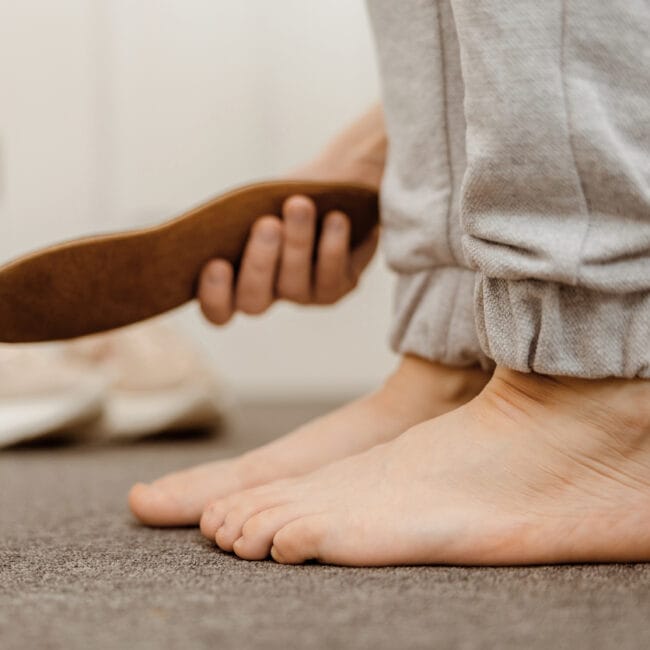Your shoulder has a lot going on in and around it; a few joints, plenty of muscles and tendons and loads of ligaments. It can be hard to say exactly what’s causing pain in your shoulder and more often than not there can be a few things going on.
But are you noticing pain on the outside or front of your upper arm, which is usually made worse by lifting your arm out to the side or above your head? Then it’s likely you have pain related to your rotator cuff. Read on to find out about this condition and how to manage it.
So What Is The Rotator Cuff
It’s a group of four muscles; three round the back of your shoulder blade and one round the front. Because the shoulder is one of our most mobile joints, these muscles not only provide most of the strength to move your arm but they also contribute to the stability of your shoulder joint.
What Causes Rotator Cuff-Related Pain?
Sometimes you will know the exact moment the pain came on, like a fall or lifting something heavy. But usually it can start to bother you after you’ve been doing some prolonged activity (like gardening or doing DIY) which your body hasn’t done for a while. You’re more at risk to get this pain if you’re over 50 and even more likely if you have diabetes or a problem with either your heart or circulatory system.
Will I Need A Scan?
Most people don’t. Scans can show up lots of things that are just part of the normal ageing process, like grey hairs and wrinkles on the inside, and scans often show things even for people who have no pain. Your physiotherapist will be able to guide you on this by asking you some questions about your symptoms, what makes it worse and finding out about other things that could be contributing to your pain.
Can Physiotherapy Help?
The vast majority of shoulders respond well to physiotherapy. A progressive strengthening programme, working on getting your rotator cuff muscles stronger, will help your pain and symptoms. Your recovery will take time, usually between 3-6 months, but with physiotherapy the outcomes are similar to some types of surgery.
Is Surgery An Option For Me?
For some types of shoulder pain, surgery can be an option. Again, ask your physiotherapist about this as we can give you advice on the options available to you and refer you to a consultant where appropriate. But similar to recovery with physiotherapy, the recovery time after an operation is usually at least three months.
What About An Injection?
While they’re not appropriate for everyone, they can definitely help with your pain. But they don’t resolve what’s causing your pain. But by reducing your symptoms, it can give you a good window of opportunity to work on strengthening your rotator cuff muscles to help prevent your pain coming back again in the future.
What Other Things Can I Do To Help?
Talk to your GP or pharmacist about pain medication if you’re struggling to cope. Ice is something to try at home; take some frozen peas, wrap them in a damp tea towel and put them on the front of your shoulder for about 10-15 minutes. If it’s giving you relief, repeat as often as you need.
References
- Lewis, J., 2016. Rotator cuff related shoulder pain: assessment, management and uncertainties. Manual therapy, 23, pp.57-68.
- Jain, N. (2020) Rotator cuff tears in lockdown [Webinar]. Available at: https://www.ossur.com/en-gb/professionals/webinars (Accessed: 5 May 2020).














